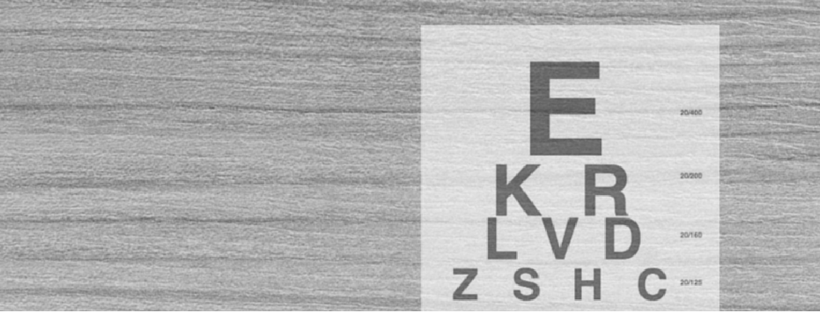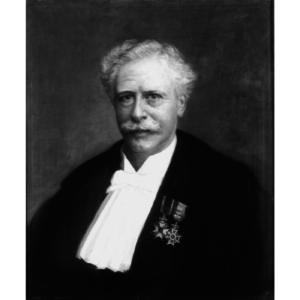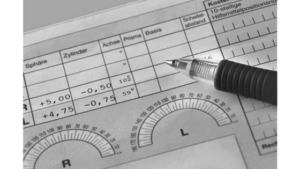
20 Nov Eye test for visually impaired people – which variants do exist?
Self-test: Eye test
To find out how well your eyes are, whether they suffer from visual impairment and how severe it is, there are many different types of vision tests. There is a simple eye test for all visual impairments. Online eye training allows you to test your eyes for corneal curvature, presbyopia, nearsightedness and eye coordination problems. The tests are reliable and can be done even with very few resources. In our training program the eye tests form the basis for the eye training. With their help the weekly training progress can be monitored and analyzed very well. Leo Angart has been working with these reliable vision tests for over 20 years. If you would like to learn more about the bestselling author and vision trainer, click here to read his story.
Conventional eye test
Vision tests are used to measure your visual performance. Surely your eyes have already been tested a few times – e.g. there are routine tests in school or the obligatory eye test for your driver’s license. As a proud wearer of glasses, you will probably have your eyes tested once a year to see if your vision has changed. The eyes are tested for visual acuity and colour recognition. Ophthalmologists use tests that you can’t do yourself because you need specific measuring instruments or computer programs. These tests are important in order to detect eye diseases early on.

Eye test at the ophthalmologist or optician
For the measurement of visual acuity, the vision tests performed by an optician or ophthalmologist are often very subjective, since you have to judge for yourself which setting is best for you. You can perform these types of vision tests on your own with just a few tools. This makes sense because our vision can fluctuate up to two dioptres a day. The process of seeing requires a lot of energy and if more energy is needed elsewhere because we are tired, stressed or ill, for example, then some energy is taken from the process of seeing and our ability of seeing is worse.
So when should we test?
It does not make sense to have an eye test for a new pair of glasses or new contact lenses carried out after a strenuous working day, because there is a very high probability that we will then be prescribed too strong a pair of glasses, to which we first have to get used or adapt and our eyesight will therefore deteriorate. Signs of glasses that are too strong can include visual disturbances and headaches in the first few days after receiving the new visual aid.
It makes sense to go to an eye test with rested eyes and to wear under- rather than over-corrected glasses or contact lenses. This gives our eyes an incentive to be active themselves.
Easy from home and with just a few aids: the eye training vision test
The performance of our vision tests is child’s play. You hardly need any preparation and can do the tests alone at home. For example, we also use the Snellen visual chart, this and other test and practice templates are available for download in our member area. You can simply print them out on paper and start right away.
The eye test with the Snellen visual chart
 The Snellen visual chart is one of the best known visual charts ever. It was developed by a Dutch ophthalmologist Hermann Snellen (1834 -1908). It consists of several lines of letters (see picture), at each edge of which a visual acuity is assigned.
The Snellen visual chart is one of the best known visual charts ever. It was developed by a Dutch ophthalmologist Hermann Snellen (1834 -1908). It consists of several lines of letters (see picture), at each edge of which a visual acuity is assigned.
For the creation of this visual chart, Mr. Snellen used the good eyesight of his assistant as a measure of normal visual acuity.
It is also worth knowing that for all practical purposes our eyes only focus up to a distance of six metres. For this reason, the original blackboard was designed for testing from six metres. Since there are only a few rooms of this length left, this blackboard is used in half size from a distance of three meters.
Can dioptres themselves also be measured?
Yes – that is possible. For short-sightedness, there is a value in centimeters that indicates how much the visual performance of an eye deviates from “normal” sharp vision. This value is given in dioptres. In our online eye training you can easily determine your diopter number with a string if you have myopia up to -1,00. There is a simple formula and a diopter calculator with which the measured centimeters can be converted into diopters.
How good is your eye coordination?
Eye coordination is very rarely tested, although it can occur not only in obvious cases such as strabismus, but also in conjunction with any other visual impairment. This leads to problems in eye coordination not being recognized and therefore not being cured. You can find more information about eye coordination here: eyecoordination
spectacles ordinance
Another exciting topic is the glasses regulation. It consists of a table, which looks quite complicated for laymen. The most important values are given here in dioptres. Once you have started to measure your dioptres yourself, it will be much easier for you to understand exactly what these values mean. The first column is called “Sphere” or “Spherical”. The value indicates the strength of myopia (minus) or farsightedness (plus) in dioptres. The second column shows the cylinder value. The value describes the corneal curvature in dioptres. The third value, the axis value, describes angular disturbances in corneal curvature in degrees.
Spectacle regulation
 There used to be another way…
There used to be another way…
Interestingly, in the past, patients were given glasses that had a lower dioptric value than the person’s actual nearsightedness. As a result, the eyes had to “strain” themselves more and did not worsen, but even improved. So a patient wore glasses for a while so that he or she could see something, but the eyes were trained and could manage sometime without glasses. Nowadays, many patients unfortunately get glasses prescribed that take everything off their eyes, which usually worsens the performance of the visual muscles in the long term.
Our eyes want to be challenged
So it’s good to challenge your eyes and train them. Just like any other muscle in your body, your vision can improve through continuous training. In this way you can achieve a life without glasses or contact lenses in a completely natural way. The vision tests are a good introduction to testing the functionality of your eyes.
Click here to register for eye test and training: Vision Training Registration


